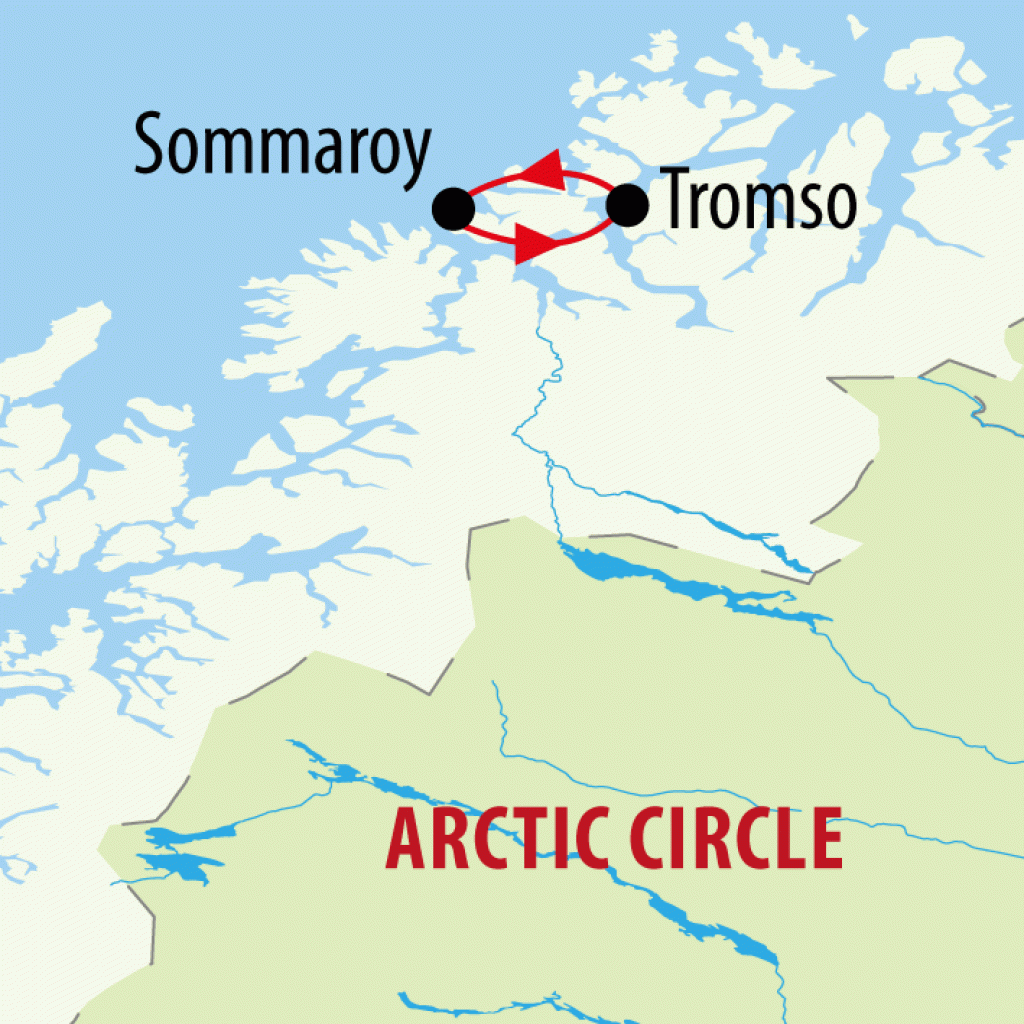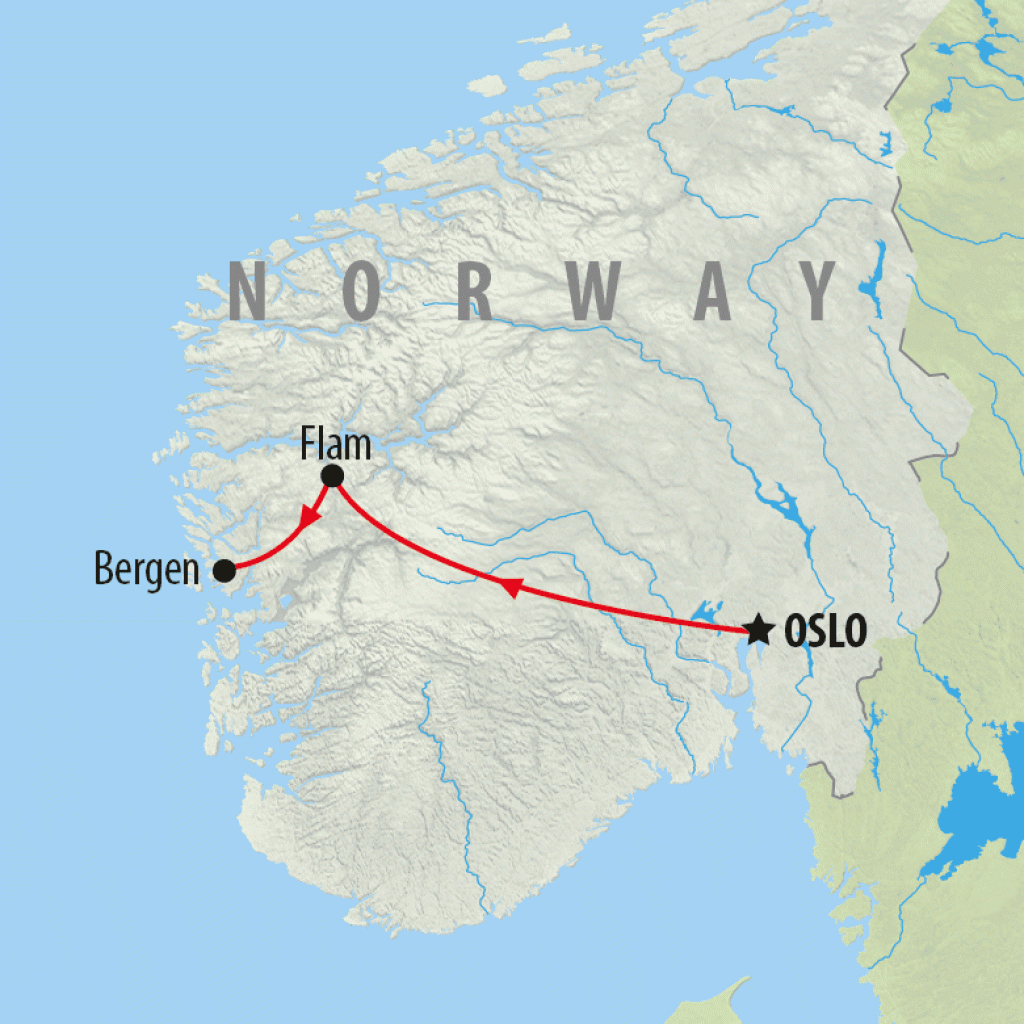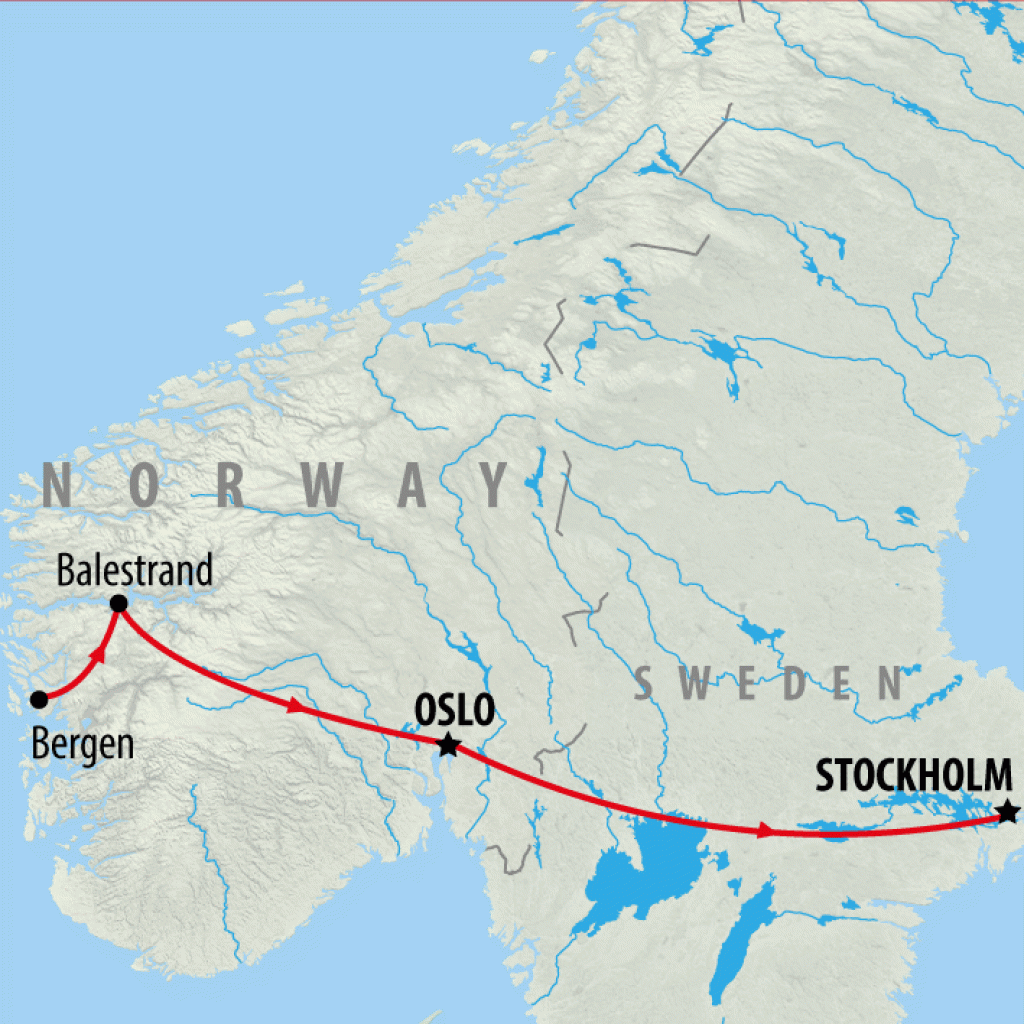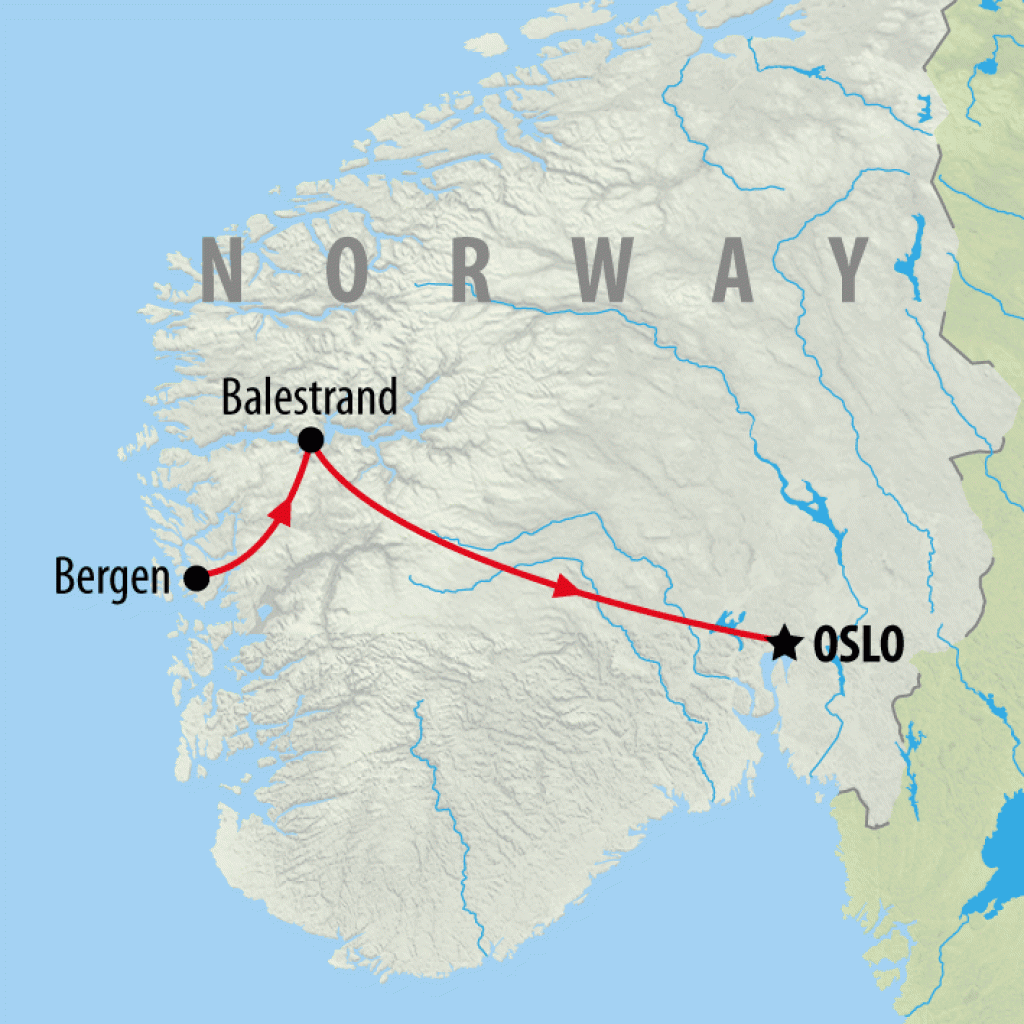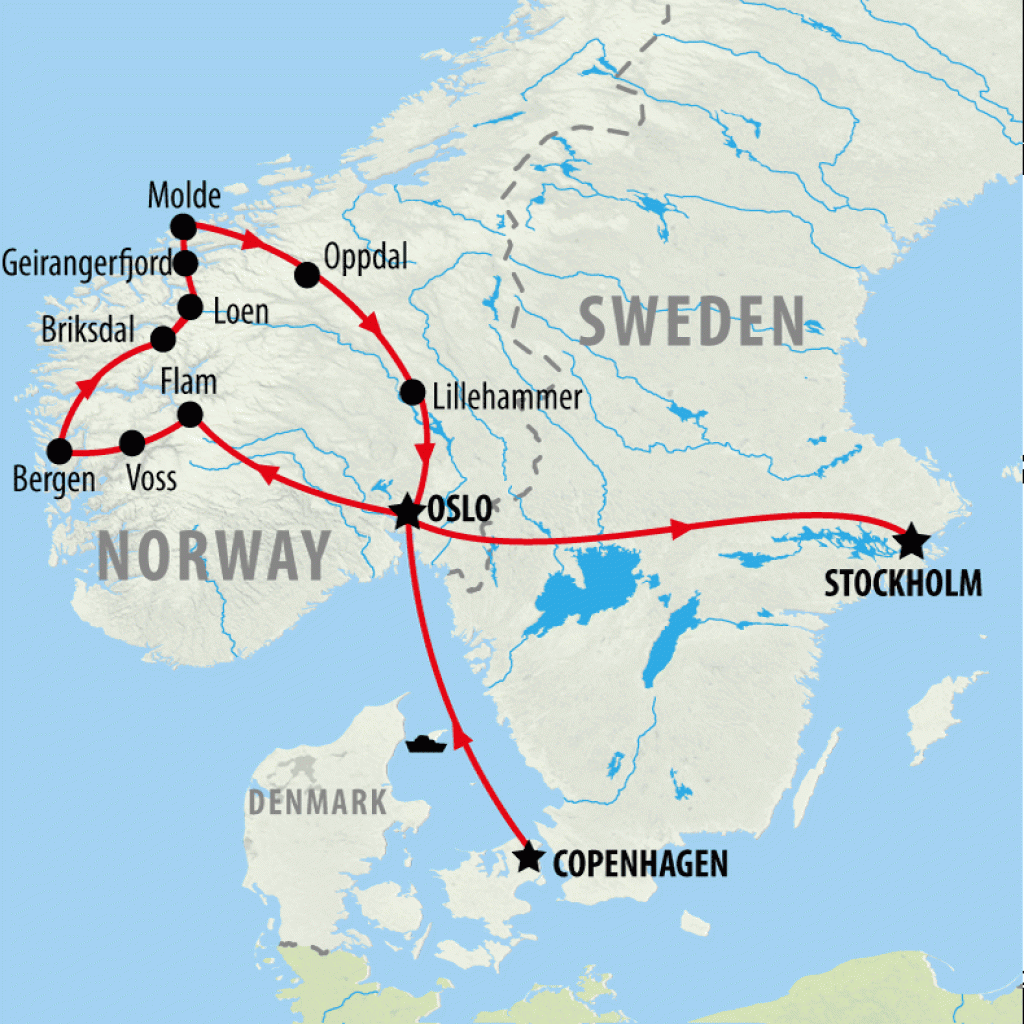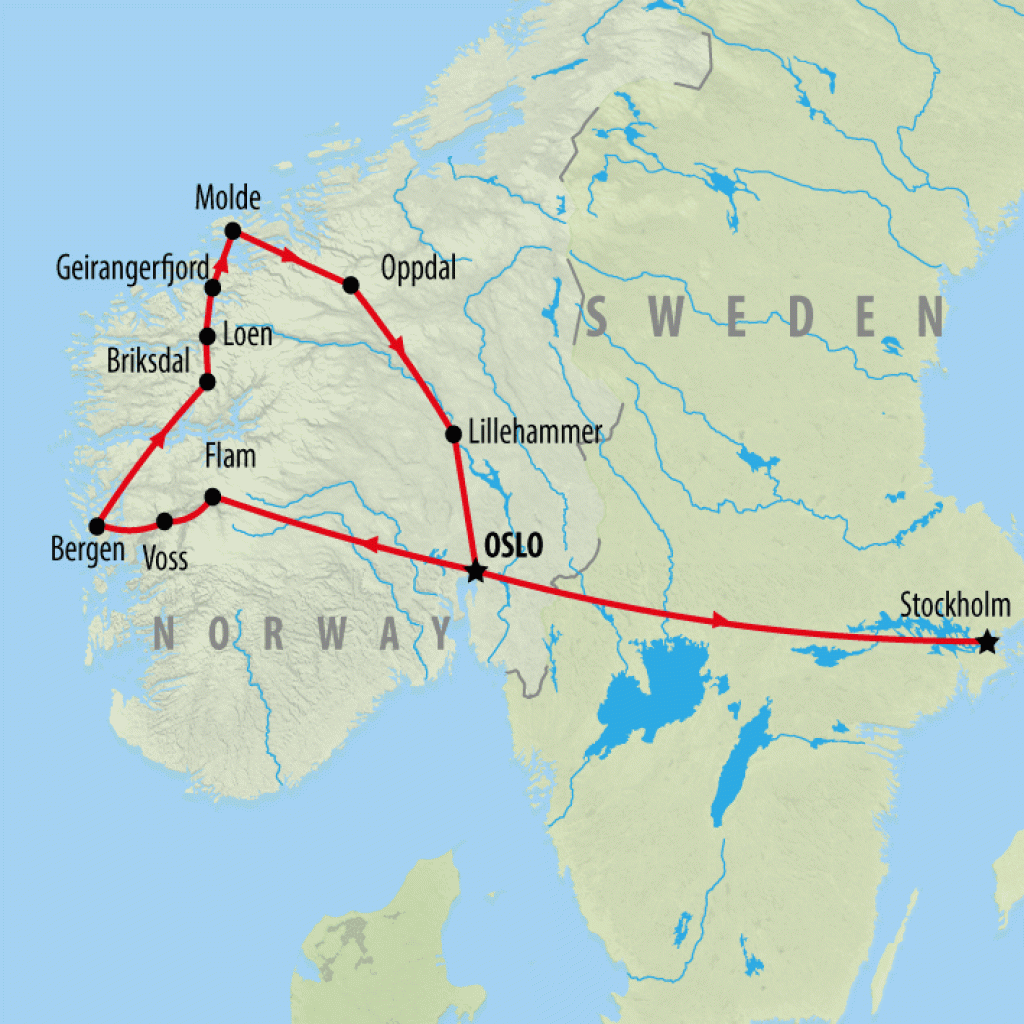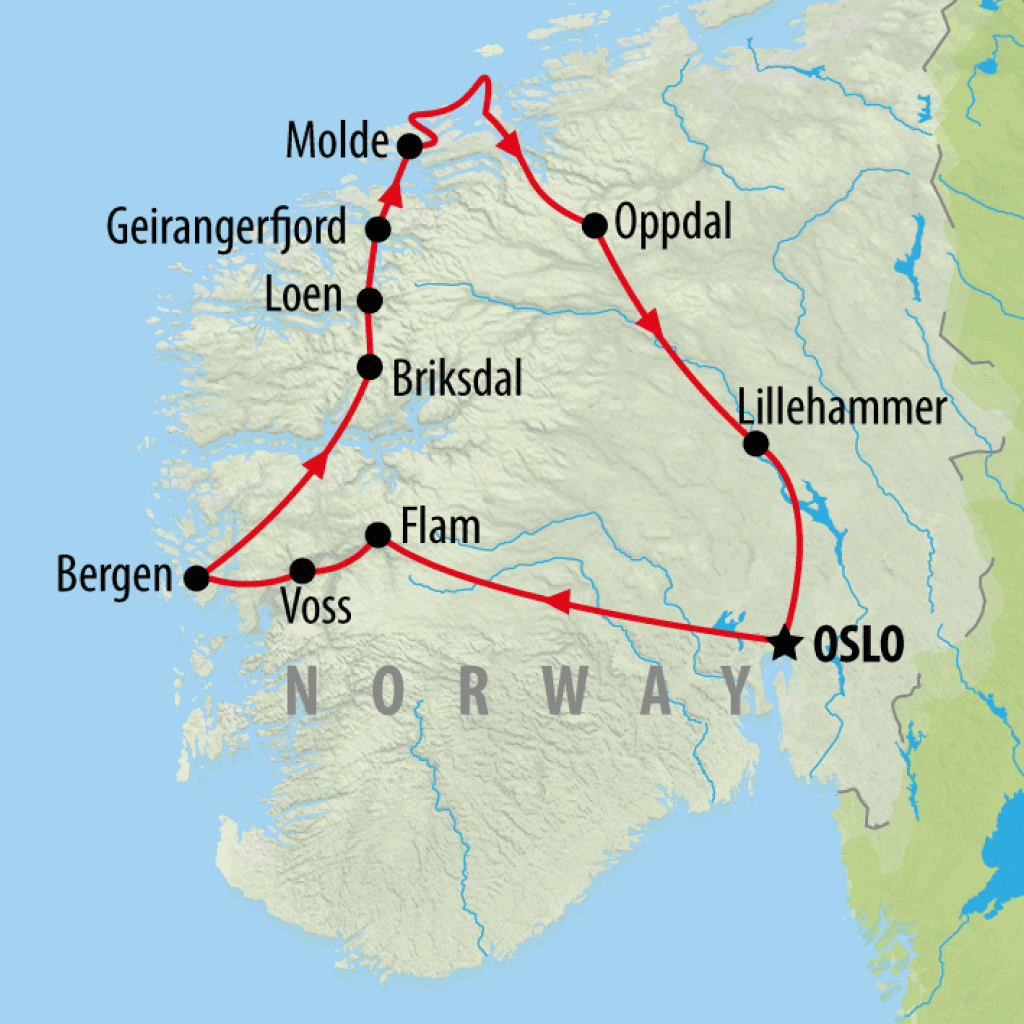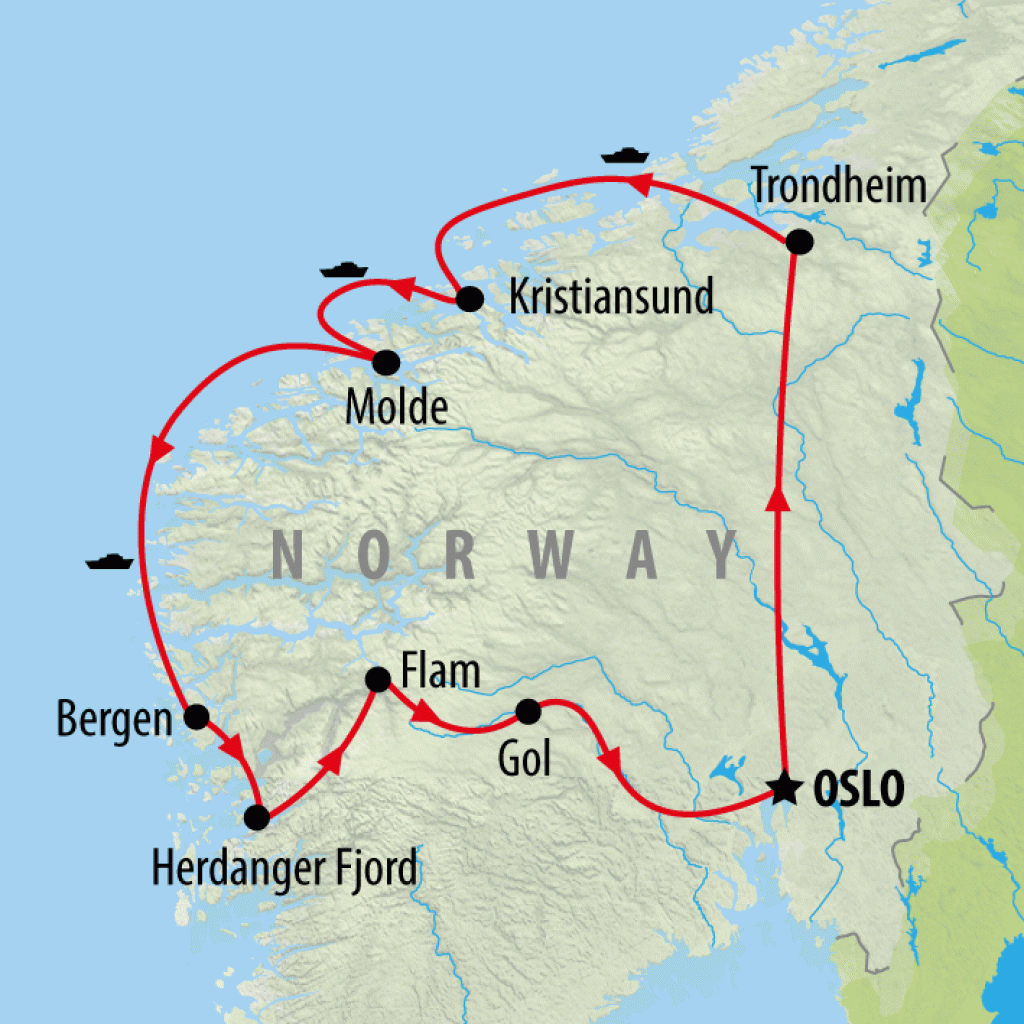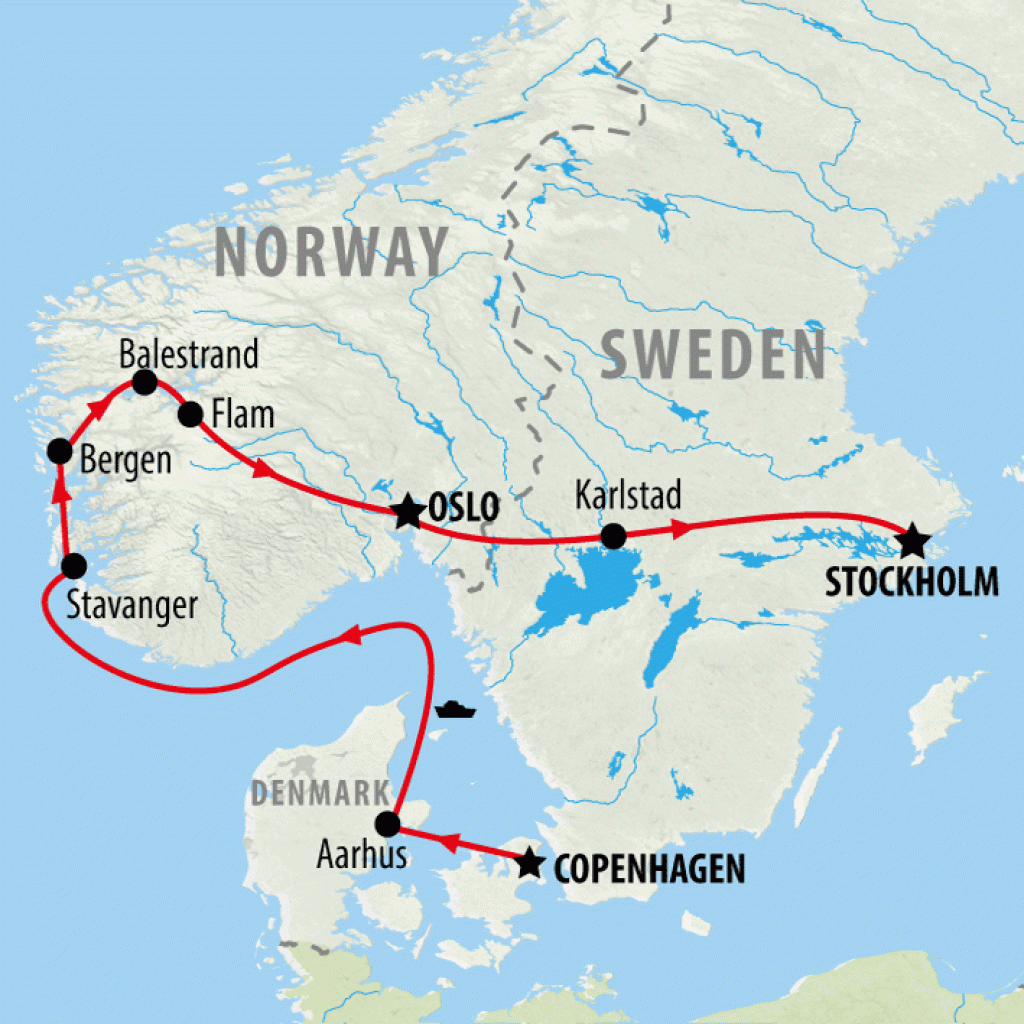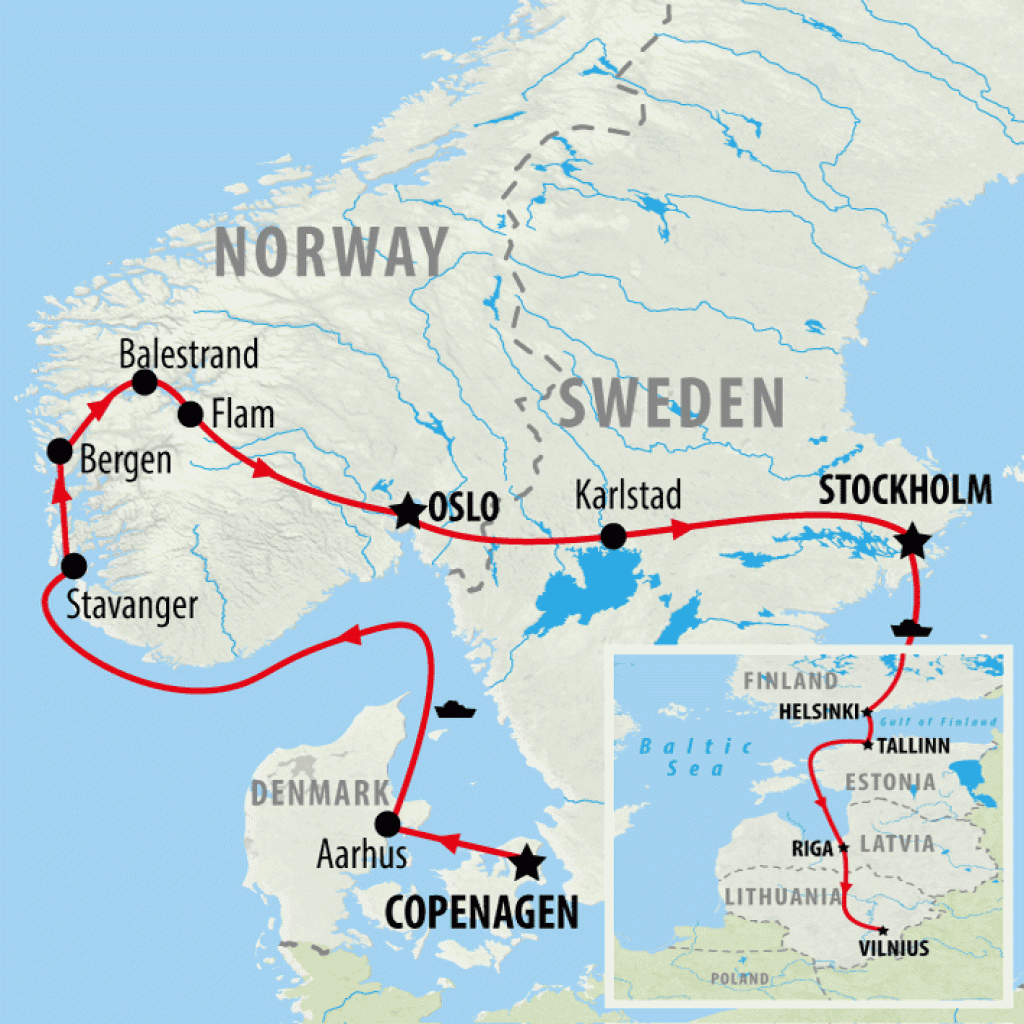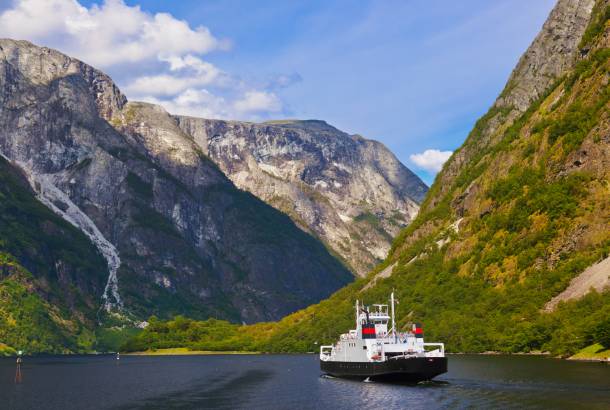
Planning a visit to Norway and looking for some pre-travel advice and tips? Want to know what food to expect or what's the lowdown on local currency and costs? Look no further than our handy guide covering everything you need to know before you go.
What vaccinations do I need for Norway?
You should seek medical advice from your local health practitioner before travelling to Norway and ensure that you receive all of the appropriate vaccinations. Allow yourself 6-8 weeks to do so. As a guide, vaccinations against tetanus are recommended. The medical facilities and healthcare in Norway are excellent and available for free or at a reduced cost to European Union citizens with a valid EHIC form or its replacement ID card.
During winter in Norway the main health risk is hypothermia and frostbite. With temperatures reaching well below freezing across Norway, ensure you have packed enough warm clothing and thermal under layers, as well as good quality gloves, socks and hat to keep body extremities warm and covered. In summer mosquitoes and blackflies are a particular nuisance so take a DEET-based repellent and keep covered up.
Is it safe to drink tap water in Norway?
Yes! Norwegian tap water is perfectly safe to drink and of generally very good quality thanks to the numerous glaciers, mountain streams and lakes which feed the network. Why not bring a reusable water bottle on tour in order to save money and protect the environment by avoiding bottled water?
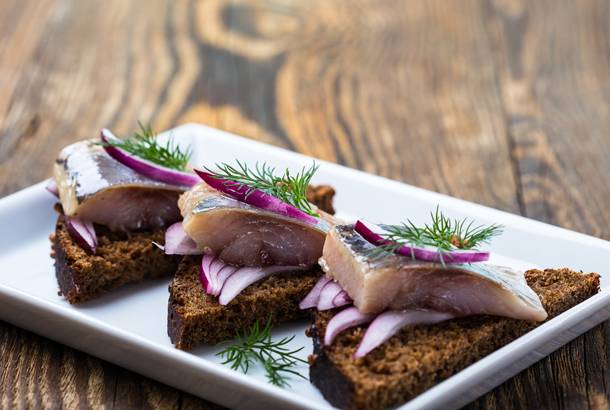
What's the food like in Norway?
Norwegian cuisine primarily focuses on game and fish, resources that are found in abundance in the country's pristine woodlands and surrounding seas. Traditionally meat would feature in every main meal whether it's slow-cured lamb's leg (fenalår) served with vegetables for dinner or smoked salmon (røkt laks) served with scrambled eggs, dill, mustard sauce and bread for lunch. Norway's long winters meant that preserving food was necessary to last the season, which gave rise to a fondness for cured fish (tørrfisk), often eaten at breakfast with lefse, the national flatbread, and Jarlsberg cheese.
Preserved meat and sausages are popular and eaten as part of a spread or served in hearty stews. Norway's meat specialities include moose - said to taste similar to venison, reindeer - wonderfully lean meat, and grouse - tender with a mild gamey taste. These meats grace restaurant menus in autumn when hunting season begins. Often meat is accompanied by potatoes (mashed, boiled or pureed) and a cream-based sauce or thick gravy.
Like elsewhere in Europe, bread is an important staple in the Norwegian diet and tends to be coarse in texture and made with whole grain flour. Rye bread is typically used for open-sandwiches, known locally as smørbrød, a buttered slice of bread topped with a range of ingredients including cheese, caviar, hard boiled egg, herring, pâté, salad leaves, herbs, sliced cucumber, tomato and pickled beets.
Norway's climate and countryside are the ideal environment for wild fruits with strawberries, bilberries, lingonberries, raspberries and apples all particularly intense in flavour and used in desserts and sweet treats such as krumkake - a cross between a waffle and a pancake that's rolled up and filled with whipped cream.
The people of Norway love their coffee, so much so in fact that they are the second highest consumer of coffee in the world. This means you'll find quality barista-style coffee shops in all of Norway's cities and larger towns. As far as alcoholic beverages go, Norway produces a number of pilsners, red beers and malt beers with a rich flavour. With a long history, mjød (mead - a famous honey wine) is a very traditional Scandinavian drink and graces the shelves of many tourist shops though it's not a commonly-drunk beverage.
In recent decades Norway's dining scene has vastly improved with a much better selection of international cuisine and in the larger cities you'll find a respectable choice of dining options. Today, Norwegian chefs lean towards the use of locally produced organic ingredients, creating modern versions of traditional dishes.
Is it standard to tip in Norway?
Salaries are really good in Norway with waiters and bar staff earning a decent wage, which means tipping is not required nor expected. Restaurants and bars include the service charge in your bill though in upmarket restaurants where table service is an important part of the experience, a tip is appreciated. It's also uncommon to tip taxi drivers or hotel staff.
What is the duty free allowance for Norway?
The following goods may be imported into Norway without incurring customs duty:
- 200 cigarettes or 250g of tobacco products and 200 leaves of cigarette paper. The tobacco quota can be exchanged with 1.5 litres of either wine or beer.
- One litre of spirits over 22% volume and 1.5 litres of wine less than 22% volume and 2 litres of beer up to 4.7% volume. The spirits quota can be exchanged with 1.5 litres of either wine or beer, while the wine quota can be exchanged with equal amounts of beer. Wine and beer may not be exchanged for stronger beverages.
- Goods to the value of Kr6,000 (if out of Norway for more than 24 hours) or Kr3,000 (if out of Norway for less than 24 hours).
The minimum age for bringing alcoholic beverages and tobacco products into Norway is 18 years though for beverages over 22% alcohol the minimum age is 20.
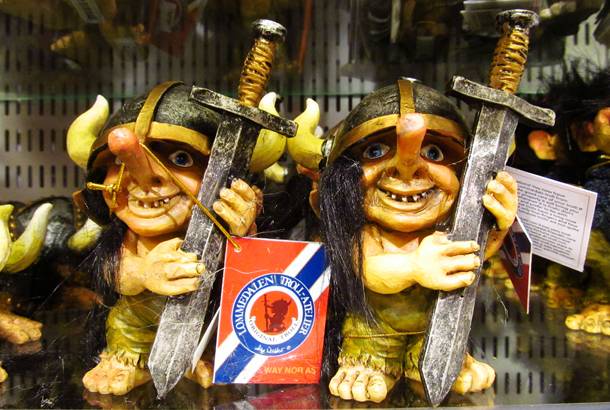
What souvenirs are good to shop for in Norway?
One of Norway's most famous past times is knitting, and a hand-crafted sweater, hat or scarf will make an excellent souvenir. They also come in handy with Norway's chilly climate. Norwegian knitwear is of an extremely good quality and comes in a variety of colours and designs.
High-end shoppers will find ample shopping opportunities for design pieces from furniture to lighting. Scandinavian design is particularly known for its use of traditional materials and contemporary styles.
In Norse mythology and Scandinavian folklore trolls are believed to be the very first inhabitants of the region and although you're unlikely to bump into a real-life troll, you can always bring home a miniature ceramic or plastic figurine. Another good souvenir option is a Viking drinking bowl made from wood and usually hand-painted or a Bjørklund cheese slicer, Norway's most famous invention.
Prices of goods in Norway are fixed though you may be able to bargain a little off the price for goods sold at markets.
What is the currency in Norway?
The official currency in Norway is Norwegian krone, written as NOK. Banknotes come in denominations of 50kr, 100kr, 200kr, 500kr and 1000kr. Check OANDA for the latest exchange rates.
Pound Sterling, US Dollars, Euro and other major currencies can be easily exchanged in Norway with banks and bureau de changes offering the better exchange rates once in destination. It's advisable to request bank notes in smaller denominations, as it can sometimes be hard to get change from large notes and smaller notes are handy for smaller purchases. Debit and credit cards are widely accepted in restaurants, shops, hotels and even taxis across Norway and you'll find ATMs throughout the country, even in smaller towns, though withdrawal fees may be charged. We recommend you avoid exchanging currency in airports, as rates here tend to be uncompetitive. Traveller's Cheques are not recommended as they're often difficult to exchange and incur high fees.
What do things cost in Norway?
It is important to bear in mind that Norway is one of the most expensive places to visit in Europe. Norwegians are paid a high living wage and there is little wage inequality in the country. This is excellent for Norwegians but means that for foreign visitors, the exchange rate creates a costly holiday!
To put it in some perspective, a main course at an inexpensive restaurant costs around USD $18 while a three-course meal at a nicer restaurant will set you back closer to USD $50. A half litre bottle of locally produced beer purchased at a bar will cost around USD $8 while a small bottle of water is around USD $2.50 though you can save money here by drinking tap water instead.
While on a tour in which your accommodation, local transportation, breakfast and touring is included in the price, we recommend you budget USD $50-80 per person per day for additional meals, drinks and items of a personal nature.
What sort of plugs do I need for Norway and what is the voltage?
The standard voltage in Norway is 230 volts, 50Hz AC. Primary sockets generally require Continental or European plugs of the two round pin variety. We recommend that you pack a universal travel adaptor. You will need a voltage converter and plug adaptor in order to use U.S. appliances.
Is WiFi widely available in Norway?
Norway offers good internet access across its cities and larger towns with WiFi found in cafes and public spaces across the country. Many hotels provide free WiFi access to their guests and there is often free WiFi on board buses and trains though registration is usually required and access limited by time. Cruise ships that operate through Norway's fjords usually charge for WiFi and prices can be expensive. If exploring the more rural parts of northern Norway, then you may find internet access a little harder to come by, though it should still be available in the majority of hotels and guesthouses.
What time zone is Norway on?
Norway works on Central European Time (CET) which is one hour ahead of Greenwich Mean Time (GMT). Daylight Saving Time is observed in Norway with the clocks turning forward one hour at the end of March and one hour backwards at the end of October each year.
See Also
Check out our handy Travel Guide resources to help plan your trip to Norway:
Best Time to Visit - Norway's climate and seasons
Best Places to Visit - our top five destinations in Norway
Tourist Visas - all you need to know about visas for Norway

































